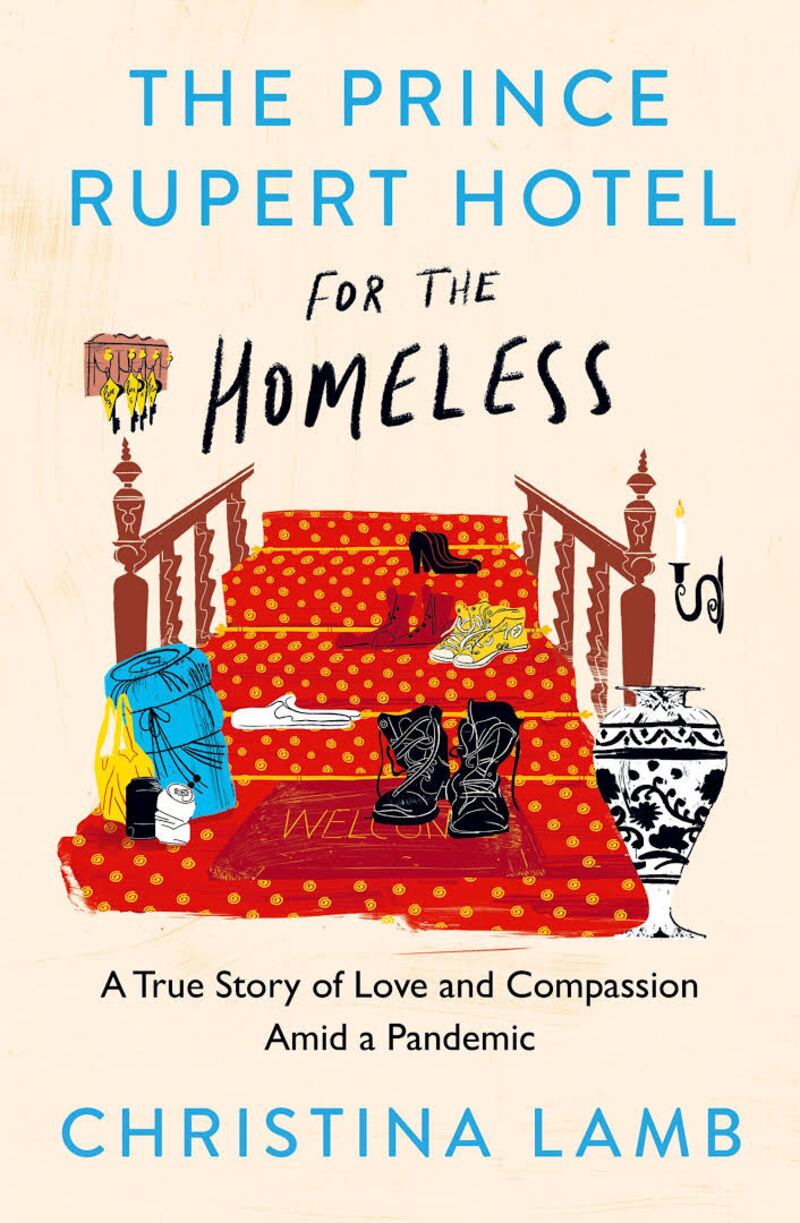Mike Matthews, a hotelier in Shrewsbury, close to the England-Wales border, faced a dilemma when the Covid pandemic began. He was supportive of a lockdown but, like many, feared it would be ruinous for him.
Staff not only needed to be paid but his hotel, the Prince Rupert, had to remain open. Some of the plumbing from the centuries-old establishment was so aged that it would seize up if not in regular use.
After a much criticised delay, prime minister Boris Johnson ordered UK citizens to “stay at home”. Concurrently, a programme called “Everyone In” was launched by Britain’s homelessness tsar Louise Casey, with the aim of providing all rough sleepers with accommodation by the first weekend of the lockdown.
Matthews’s four-star hotel in the heart of the shires was an unlikely target for this scheme, as author Christina Lamb outlines in her introduction to The Prince Rupert Hotel for the Homeless: A True Story of Love and Compassion Amid a Pandemic.
READ MORE

Previous guests included Margaret Thatcher, the Liverpool football team and Monica Lewinsky. It was, she says, “posh” but to everyone’s surprise, Matthews liked the idea and the first of 100 homeless people moved in. Some staff recoiled from serving the homeless people and chose instead to take advantage of the government furlough scheme, but Matthews persevered alongside two inspirational colleagues, Charlie Green and Jacki Law, who left their families and moved into the hotel to help out.
For Lamb, it was a time of change also. The veteran foreign correspondent was restricted to the UK for the first time in more than 30 years of journalism and it’s easy to see why she came to devote herself to this story. This is a tremendous clash of sensibilities that ultimately provides real insights into the complexity of homelessness.
At the start, the remaining hotel staff — and this reader — nurse hopes of some epiphanies among the new residents but progress is a very different concept in this world.
Nearly all the guests are long-term addicts from exceptionally abusive backgrounds and it becomes clear that their problems cannot be solved via some hot meals or a roof over their heads.
It can be frustrating at times to witness the partial destruction of the hotel that regularly takes place as residents reject the carefully planned menus, refuse to flush toilets, flood their rooms by leaving the showers running to create saunas so they can better inject drugs, steal from each other and the hotel to trade for drugs and yet, it is hard not to fall for them. They are often funny, spirited and touching.
In fact the most meaningful transformation takes place among those in proximity to the homeless. As the scheme concludes, some staff prefer the new guests to their usual clientele.
Lamb’s telling of the many adventures within the hotel is mostly excellent as might be expected from a journalist of her calibre. Her descriptions of Shrewsbury’s Tudor attractions set amid the rolling shires with its ghost stories and tales of monarchs and battles pleasingly evoke the region’s finest chronicler, Jilly Cooper.
The book is not without flaws; the structure was sometimes confusing in the draft I read. I had questions also about Matthews himself; he is central to the story yet it’s difficult to gain a sense of him at times and the references to his affair with a Californian woman are so opaque that it might have been better not to mention it at all.
More seriously, Lamb provides us with brilliant if harrowing stories from the childhoods of the residents. Some have grown up to receive barring orders from their partners and children and we hear less about how these were incurred. I think readers are able for such complexities.
The book may not achieve as much prominence in Ireland given the extreme Englishness of its setting, which would be a pity as the insights it offers regarding homelessness are tragically universal.
As Lamb reports, it is 14 times more expensive for UK authorities to deal with someone who has been on the streets for more than a year than if they are caught earlier. A similar calculus exists here, where there has been an increase in homelessness of 24 per cent over the last year. Figures released last month show there are more than 10,000 homeless people in Ireland. Nearly a third of these are children.
In the current economic situation, and especially given Ireland’s housing crisis, this book is an important reminder of the humanity behind such statistics.














